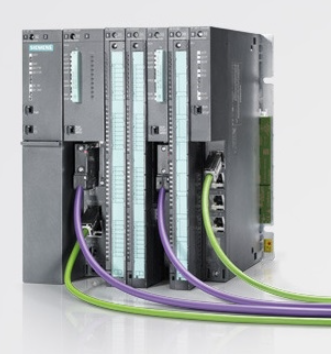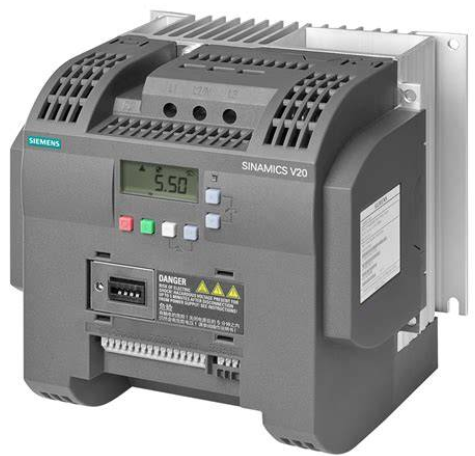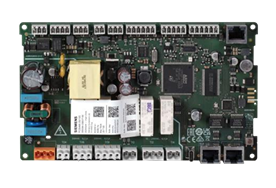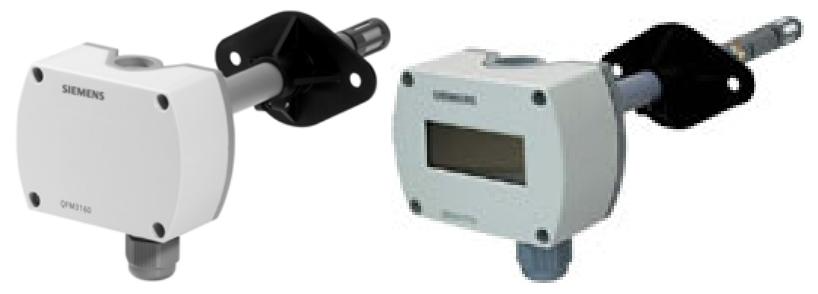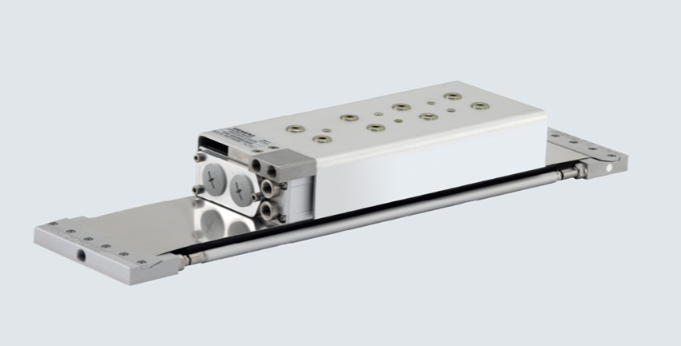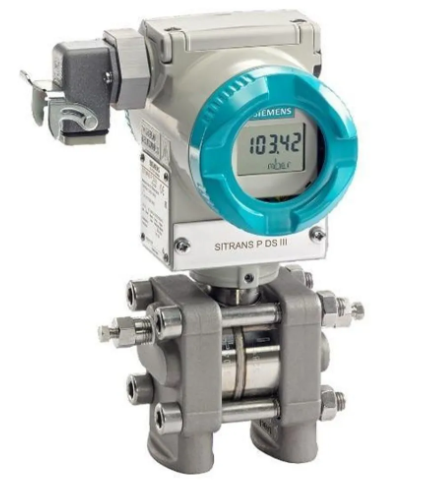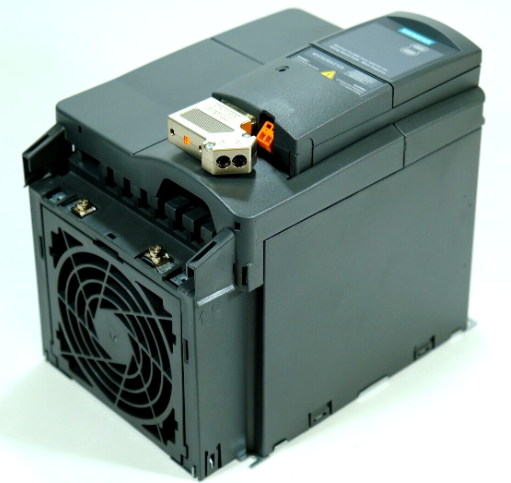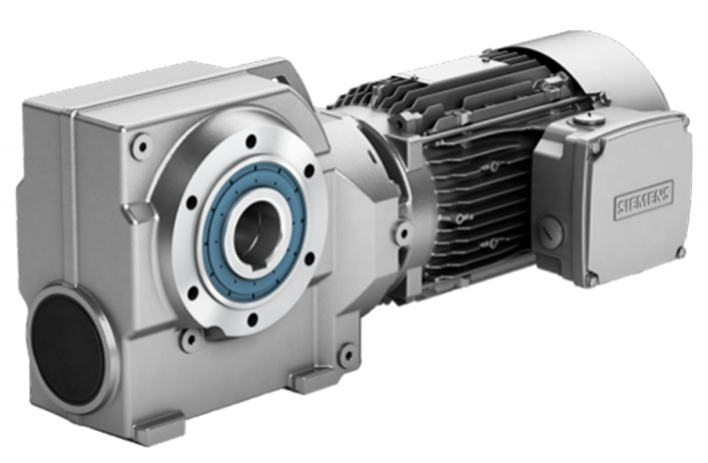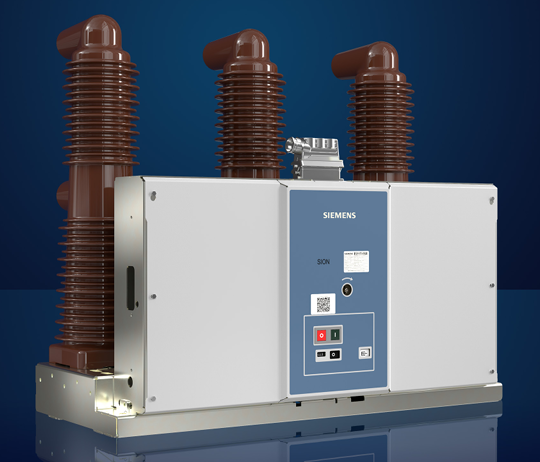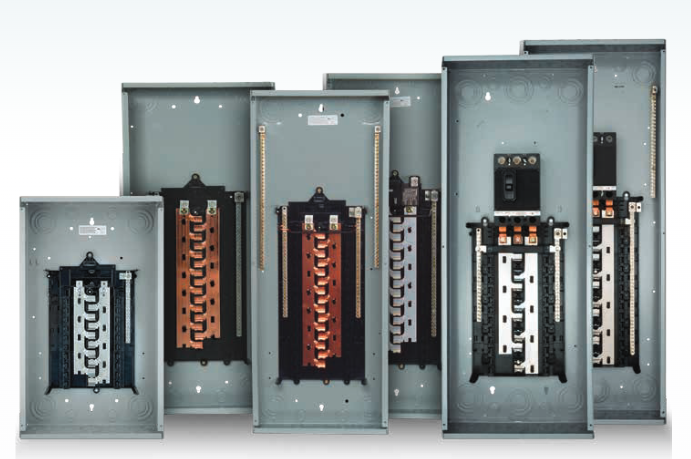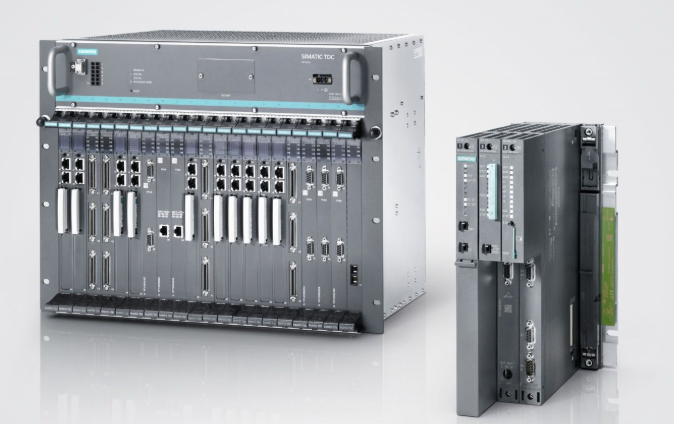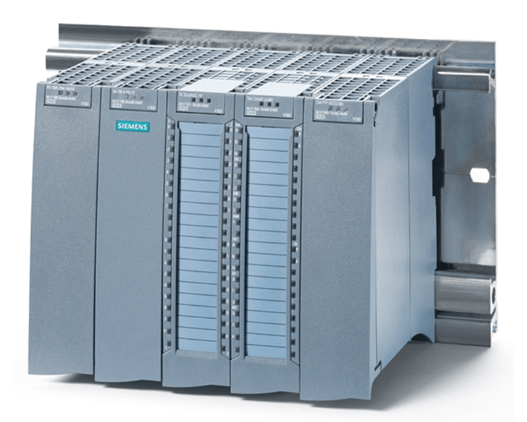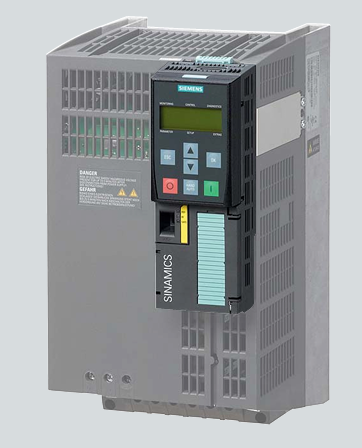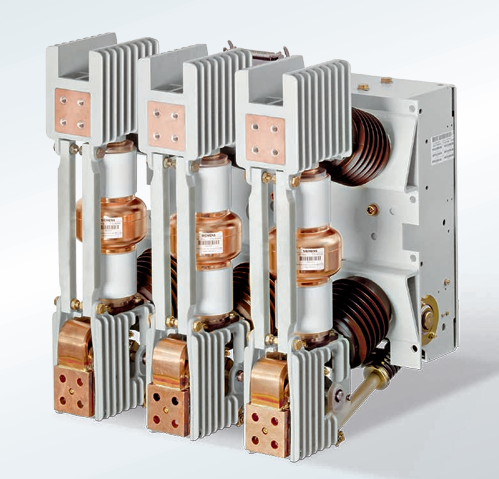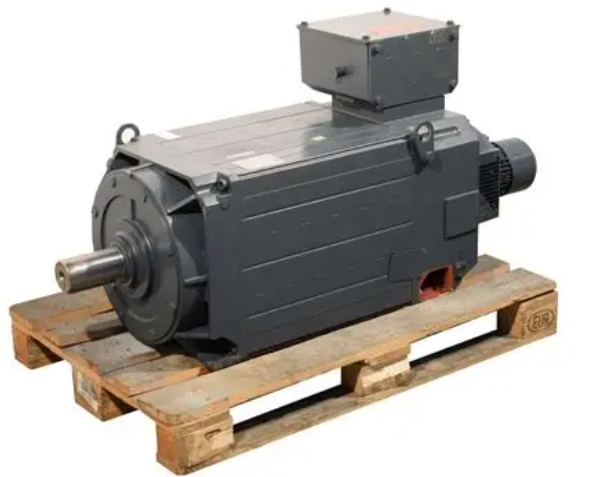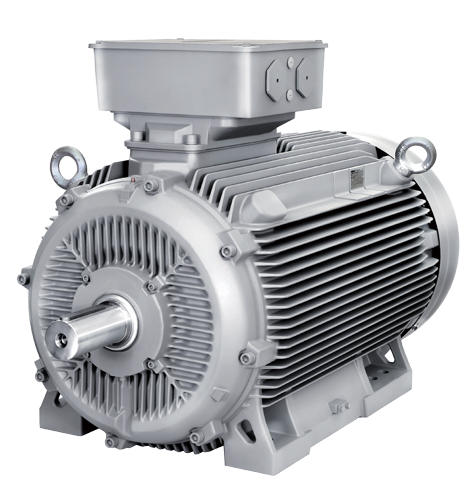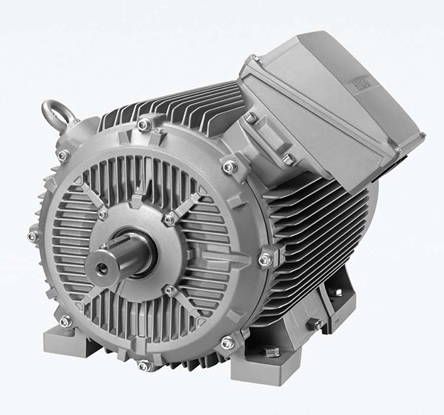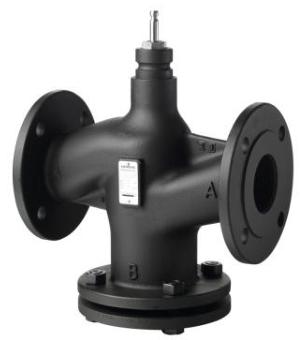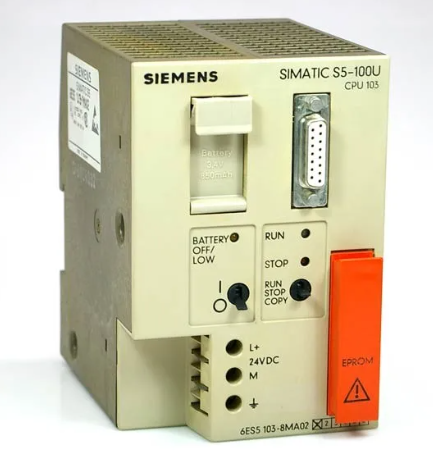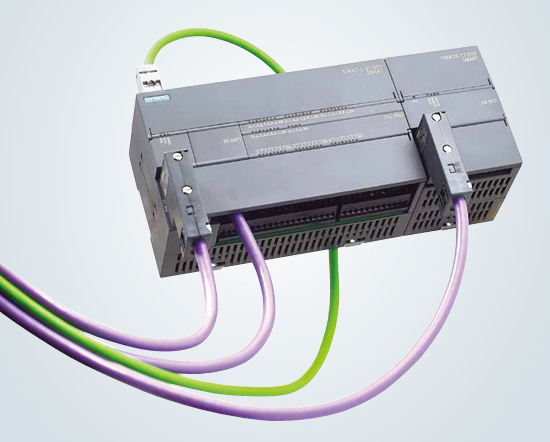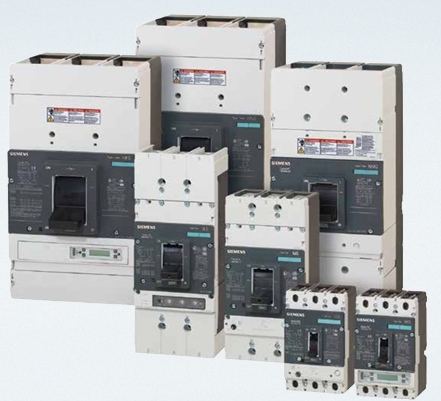P0400ZG is FOXBORO I/A Series ® The core positioning of the dedicated node bus interface module for mainstream control systems is to serve as a "communication bridge" between the control system host and distributed node devices (such as I/O modules, field instruments, intelligent actuators, etc.), and to achieve the conversion and data exchange of different bus protocols through NBI interfaces. This module adopts an industrial grade integrated architecture and is equipped with a high-performance communication processing chip. It is compatible with both FOXBORO private node bus protocol and industrial universal bus standard, seamlessly integrating into various automation control systems. Its modular design not only simplifies the system wiring and node expansion process, but also ensures data transmission stability in multi node concurrent communication scenarios through hardware level signal optimization mechanisms, effectively avoiding control errors caused by communication delays or data packet loss, and providing core support for the collaborative operation of distributed control systems.
FOXBORO P0400ZG Node Bus NBI Interface Module
Basic overview of module
P0400ZG is FOXBORO I/A Series ® The core positioning of the dedicated node bus interface module for mainstream control systems is to serve as a "communication bridge" between the control system host and distributed node devices (such as I/O modules, field instruments, intelligent actuators, etc.), and to achieve the conversion and data exchange of different bus protocols through NBI interfaces. This module adopts an industrial grade integrated architecture and is equipped with a high-performance communication processing chip. It is compatible with both FOXBORO private node bus protocol and industrial universal bus standard, seamlessly integrating into various automation control systems. Its modular design not only simplifies the system wiring and node expansion process, but also ensures data transmission stability in multi node concurrent communication scenarios through hardware level signal optimization mechanisms, effectively avoiding control errors caused by communication delays or data packet loss, and providing core support for the collaborative operation of distributed control systems.
Core functional features
1. Bi directional protocol conversion and adaptation
The core function of the P0400ZG module is to achieve bidirectional protocol conversion between the node bus and the upper computer control system. On the one hand, the module receives on-site data uploaded by distributed node devices (such as temperature, pressure, device operating status, etc.) through the NBI interface, and converts it from node bus protocol (such as FOXBORO dedicated node protocol) to a unified protocol recognizable by the control system (such as Modbus RTU, etc.); On the other hand, the control instructions issued by the control system are converted into signal formats that can be parsed by node devices to ensure accurate delivery of instructions. This bidirectional adaptation capability enables the module to be compatible with node devices from different vendors, greatly improving the system's device compatibility and scalability, and reducing the difficulty of heterogeneous system integration.
2. High real-time data transmission control
The module has a built-in priority scheduling mechanism and high-speed data cache area, which can intelligently classify and prioritize the transmitted data, ensuring that key control instructions and emergency alarm signals are transmitted first. The transmission delay is controlled at the millisecond level, meeting the strict real-time requirements of industrial control. For scenarios where multiple nodes upload data concurrently, the module uses data sharding and traffic control technology to avoid bus congestion and ensure smooth and orderly data flow. Through actual testing, under the condition of 16 nodes communicating simultaneously, the module can still maintain 99.9% data transmission integrity, effectively avoiding control lag caused by data congestion.
3. Full link status monitoring and fault diagnosis
To ensure the reliable operation of the communication link, P0400ZG is equipped with full link status monitoring function, which can real-time collect key parameters such as NBI interface voltage, communication rate, data transmission volume, node connection status, etc., and identify fault types such as communication interruption, protocol mismatch, node offline, and signal attenuation through built-in diagnostic algorithms. The LED indicator lights on the module panel can provide intuitive feedback on the operating status (normal communication, fault alarm, data transmission), and support the upload of monitoring data and fault information to the upper computer through the communication interface. The operation and maintenance personnel can quickly locate the fault node and cause through the system interface. If the communication of a node is interrupted, the module can accurately report the node number and fault code, shortening the troubleshooting time from hours to minutes.
4. Industrial grade anti-interference and safety protection
In response to complex environmental issues such as strong electromagnetic interference and voltage surges in industrial sites, the module adopts multiple anti-interference designs: at the hardware level, it is equipped with electromagnetic shielding shells and differential signal transmission circuits, effectively suppressing the impact of external electromagnetic interference on communication signals; At the software level, data verification (such as CRC cyclic redundancy check) and retransmission mechanism are used to further enhance the anti-interference ability of data transmission. At the same time, the module has comprehensive safety protection functions, including overvoltage protection (automatically cutting off the communication link when the NBI interface voltage exceeds the range of 12V ± 20%), overcurrent protection, and anti-static protection (contact discharge ± 8kV, air discharge ± 15kV), fully ensuring the safety of the module and connected equipment.
5. Flexible node management and configuration
The module supports parameter configuration through FOXBORO dedicated configuration software or standard Modbus protocol. Operations personnel can flexibly set node addresses, communication rates (adjustable from 2400bps to 19200bps), data frame formats (1 start bit, 8 data bits, 1 stop bit, optional checksum), and node communication cycles according to actual needs. At the same time, the module supports the access and management of up to 32 distributed nodes, and can perform online activation, sleep, or fault isolation operations on nodes through software, facilitating the phased expansion and operation and maintenance management of the system. For example, when expanding the production line, adding nodes only requires configuring the node address through software to access the system, without changing the module hardware wiring.
Key technical parameters
Core functionality
Node bus protocol conversion, data transmission, node management
interface type
NBI (Node Bus Interface) x 1, RS485 x 1, System Bus Interface x 1
Supported Protocols
FOXBORO Private Node Bus Protocol Modbus RTU
Communication speed
2400bps, 4800bps, 9600bps, 19200bps (software adjustable)
Node access capability
Supports up to 32 distributed nodes
Data transmission delay
≤ 5ms (single node data transmission)
power supply
24V DC (± 10%), typical power consumption ≤ 5W
protection function
Overvoltage, overcurrent, anti-static, communication interruption protection
Working environment temperature
-40℃~70℃
relative humidity
5%~95% (no condensation)
Protection level
IP20 (module body), supports centralized installation in cabinets
Dimensions (length x width x height)
140mm × 110mm × 190mm (typical value, subject to actual product)
Applicable scenarios
The P0400ZG module is widely used in various distributed industrial control systems due to its reliable protocol conversion capability, flexible node management function, and strong environmental adaptability. Its main applicable scenarios include:
1. Petrochemical industry: Used for distributed control systems in refining equipment and oil and gas pipelines, connecting on-site I/O modules with central controllers to achieve real-time transmission of parameters such as pressure, flow rate, liquid level, and precise issuance of valve control instructions, ensuring stable and controllable production processes.
2. Power industry: Suitable for auxiliary control systems of power plants and substations, connecting monitoring nodes and control hosts of generator sets and transformers, transmitting equipment operating parameters (such as temperature, vibration, voltage) and control signals, supporting remote monitoring and fault warning of power equipment.
3. Metallurgical industry: In steel and non-ferrous metal production workshops, distributed monitoring nodes (such as temperature sensors and liquid level switches) are used to connect blast furnaces and converters with central control systems, withstand high temperature and high interference environments, and ensure continuous transmission of smelting process data.
4. Intelligent Manufacturing Production Line: A distributed control network used for intelligent production lines, connecting robot workstations, conveyor control nodes, quality inspection equipment, etc., to achieve synchronous issuance of production instructions and centralized monitoring of the operating status of each node, improving the collaborative efficiency of the production line.
5. Water treatment and environmental protection industry: In sewage treatment plants and water quality monitoring stations, water pump control nodes and water quality analysis instruments connecting various treatment units are used to achieve real-time collection of water treatment process parameters and remote control of equipment operation, ensuring water treatment effectiveness and standard discharge.
Module advantages
-High communication reliability: relying on FOXBORO dedicated communication algorithm and hardware optimization design, the success rate of module data transmission is ≥ 99.9%, and the mean time between failures (MTBF) is ≥ 150000 hours, meeting the reliability requirements of critical industrial scenarios.
-Strong protocol compatibility: Supports both FOXBORO private protocol and general Modbus RTU protocol, seamlessly integrating node devices from different vendors and reducing the cost of heterogeneous system integration.
-Convenient and efficient operation and maintenance: The full chain fault diagnosis and visual status indication function greatly shortens the troubleshooting time; Support remote software configuration, parameter adjustment can be completed without on-site module disassembly.
-Strong environmental adaptability: With a wide temperature range and multiple anti-interference designs, it can operate stably in industrial sites with high temperature, high humidity, and strong electromagnetic interference without the need for additional protective measures.
-Scalable flexible economy: Supports up to 32 nodes for access and supports phased expansion of the system; Modular design facilitates replacement and upgrade, reducing later system maintenance costs.
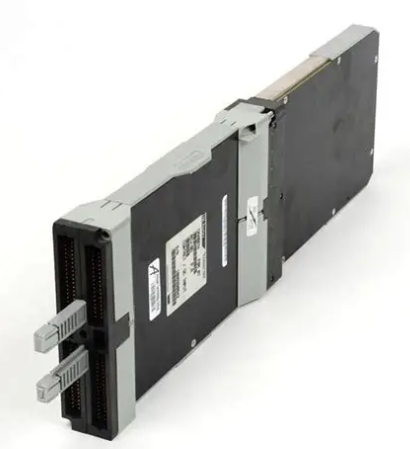
- User name Member Level Quantity Specification Purchase Date
- Satisfaction :
-









Email:wang@kongjiangauto.com




